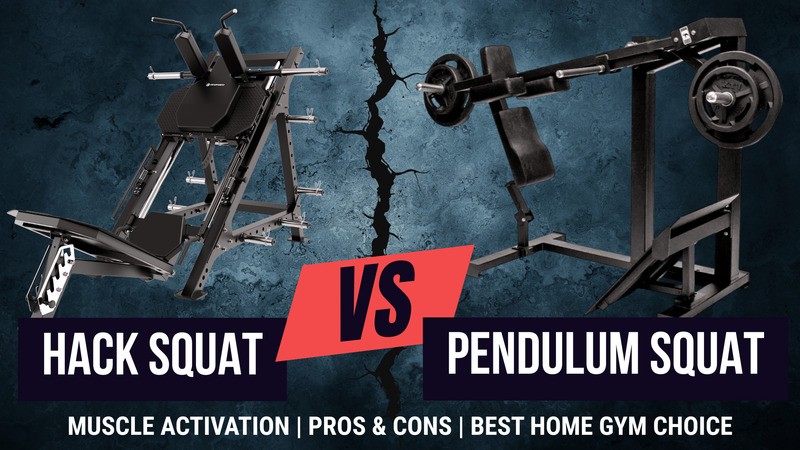blog
From Cannonballs to Flow: Why Kettlebells Deserve a Spot in Your Training
September 01, 2025Kettlebells are unlike any other training tool. At first glance, they look like cannonballs with handles — intimidating, awkward, and sometimes dismissed as “hardcore.” But the truth is, once you learn how to use them, they transform from strange iron orbs into one of the most versatile pieces of equipment you can own.If dumbbells are the steady, dependable training partner, kettlebells are the unpredictable extroverts — dynamic, challenging, and surprisingly fun.

Why Kettlebells Are Different
What sets kettlebells apart isn’t just the shape. It’s how they move and how they make you move:
-
Dynamic, not static – Dumbbells move up and down, while kettlebells arc, swing, and rotate through space.
-
Grip strength built-in – That thick handle taxes your forearms and builds real-world grip.
-
Cardio + strength in one – Swings and flows raise your heart rate while strengthening your posterior chain.
-
Minimal equipment, maximum versatility – One or two kettlebells can replace an entire rack of dumbbells by covering dozens of movement patterns.
The Swing: The Foundation of Kettlebell Training
If you only master one kettlebell movement, make it the swing. It’s brutally efficient — targeting your glutes, hamstrings, core, and grip while giving you a cardio boost.
Step-by-step:
-
Start with the hinge – Stand with feet shoulder-width, kettlebell in front of you. Hinge at the hips, not the knees.
-
Hike it back – Like snapping a football, pull the bell between your legs.
-
Snap the hips – Explosively drive your hips forward, letting the bell float to chest height. Don’t lift with your arms.
-
Flow like a pendulum – Let the kettlebell swing back, then repeat.
Beginner protocol: 5 sets of 10 swings with rest between sets. Build up gradually to 100 swings in 10 minutes — a benchmark workout that challenges both strength and conditioning.
Beyond the Swing: Three Essential Moves
Once you’ve got the swing, kettlebells open the door to endless variations and progressions. A few standouts:
-
Turkish Get-Up – Start lying down with a kettlebell locked overhead, then slowly rise to standing without dropping it. A full-body challenge for strength, balance, and stability.
-
Suitcase Carry – Hold a kettlebell in one hand and walk. It looks simple but forces your core to stabilize every step.
-
Clean to Press – Hike, clean the kettlebell to your shoulder, then press overhead. Functional, athletic, and infinitely scalable.
Kettlebells build usable strength. The same hinge, carry, and press patterns translate directly into daily life — carrying groceries, sprinting up stairs, lifting kids, or moving awkward objects.
Why It Matters
Instead of just training muscles in isolation, kettlebells teach your body to move as a connected, athletic unit. You don’t just look stronger — you are stronger in ways that matter.
Kettlebells might seem intimidating at first, but they’re one of the most effective tools you can add to your training. With just one or two bells, you can train strength, conditioning, and stability — all while keeping workouts simple, efficient, and fun.
So if you’re ready to trade predictable reps for a flow that feels more like choreography, grab a kettlebell and start swinging.





